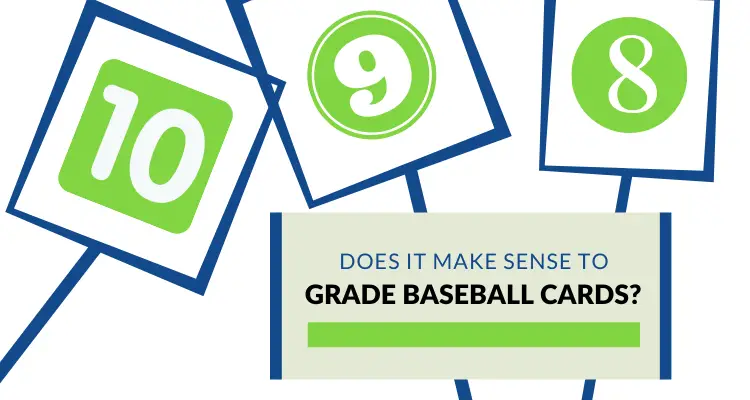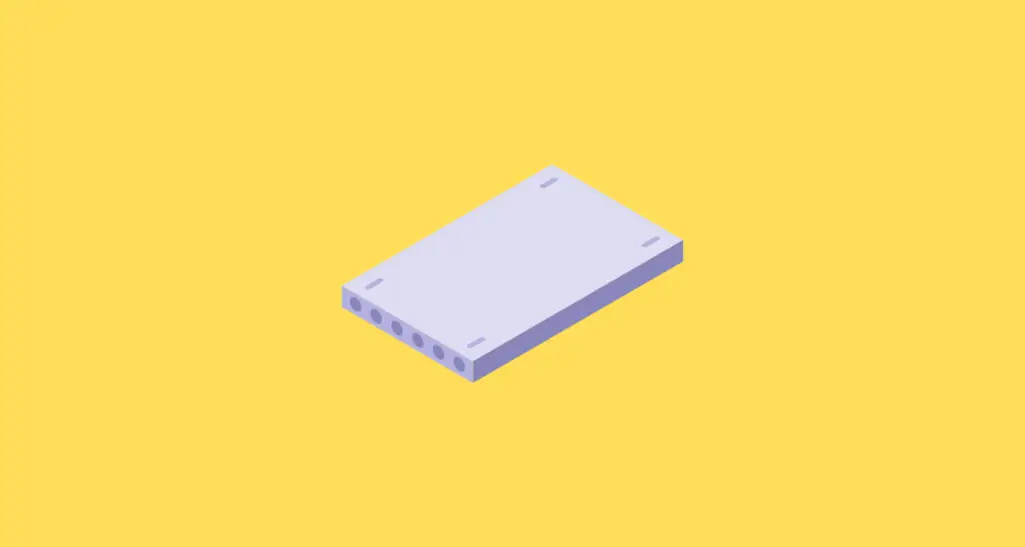 Ryan Barone (@ballcardgenius, Card Expert) is a lifelong member of the hobby. He has been quoted in PSA Magazine, and his content has regularly been mentioned in “Quick Rips” (the Topps RIPPED Newsletter) and across other hobby publications. hello@ballcardgenius.com; Last Time Ago LLC dba Ballcard Genius.
Ryan Barone (@ballcardgenius, Card Expert) is a lifelong member of the hobby. He has been quoted in PSA Magazine, and his content has regularly been mentioned in “Quick Rips” (the Topps RIPPED Newsletter) and across other hobby publications. hello@ballcardgenius.com; Last Time Ago LLC dba Ballcard Genius.
Affiliate Disclosure: This post contains affiliate links. As I am a part of the eBay Partner Network and other programs, if you follow these links and make a purchase, I’ll receive commission. As an Amazon Associate, I earn from qualifying purchases.
Just when you think you have a handle on card grading, you see a BCCG graded card pop-up on eBay, which, from your research, you see includes “Beckett” in the acronym, yet is different than BGS (and BVG for that matter).
So, what gives? What is BCCG, how is it different than BGS—and how does it equate to another company altogether like PSA?
What is BCCG?
BCCG stands for Beckett Collector’s Club Grading, and as the above mentions, is a completely separate grading operation from the more popular and reputable BGS.
The video below does a nice job explaining BCCG and why it was started, along with its grading scale which is 1-10 (yet different and thus potentially misleading for anyone in the know). I’ll do my best to summarize the clip and also add in bits of other rumblings I’ve heard about BCCG.

First, it’s said that BCCG was started to compete with lower-cost companies and to offer an alternative for those wanting to submit mass grading bundles at a lower price point. Today, you’ll see BCCG cards on eBay and elsewhere, and they seem to be born from different repack boxes that offer a “hit” in the form of a graded card. For instance, like these “Gems of the Game” below:
As for the grading scale, the BCCG scale is far different than that of BGS, which can be misleading because BCCG still operates on a 1-10 scale. Meaning, a BCCG 10 – which is presumably the highest grade a card can receive – is only “mint or better” as is stated on the holder.

This is different than other grading company “10s” which are labeled as “gem mint” or “pristine.” More on these comparisons in a bit.
The holder itself is also less substantial than a BGS holder, as one would expect given the BGS holder is one of the thickest if not the thickest of all of the card grading options.
BCCG vs. PSA and Others
With the BCCG scale, it can be thought that the BCCG 10 or “mint or better” is equivalent to a BGS 9 or even a PSA 9.
For extreme clarity, I’m only talking about the scale and not actual crossover potential or value. A BCCG 10 is “mint or better” and a PSA 9 is “mint” and a BGS 9 is “mint.”
And then if you extend that out, a BCCG 9 is “near mint or better” which is equivalent to a PSA 7, and then a BCCG 8 as “excellent or better” and equivalent to a PSA 5 (or BGS 5).
In the end, you’ll see a lot of eBay seller descriptions written as something like “BCCG 10 Gem Mint” which may just be an oversight on their part, but either way isn’t true because a BCCG 10 is only near mint or better.
In the end, I guess the word is proceed with caution. The first step is understanding the scale differences, which you now hopefully should.
The next is to try and steer clear of the thought that a BCCG 10 will crossover to a PSA 10, etc. Sure, it can happen, but it can also not happen. I mean, when you consider the fact that you could regrade a PSA 10 and not end up with a PSA 10 the next time around tells you a lot about the process and crossover capability.
And then one final point as made in the video above, sometimes BCCG does make sense, like when you simply want a card in a holder, like the case of vintage where you really don’t care about the grade, but simply whether or not the card is authentic. In this case, a low-cost option like BCCG might work.



